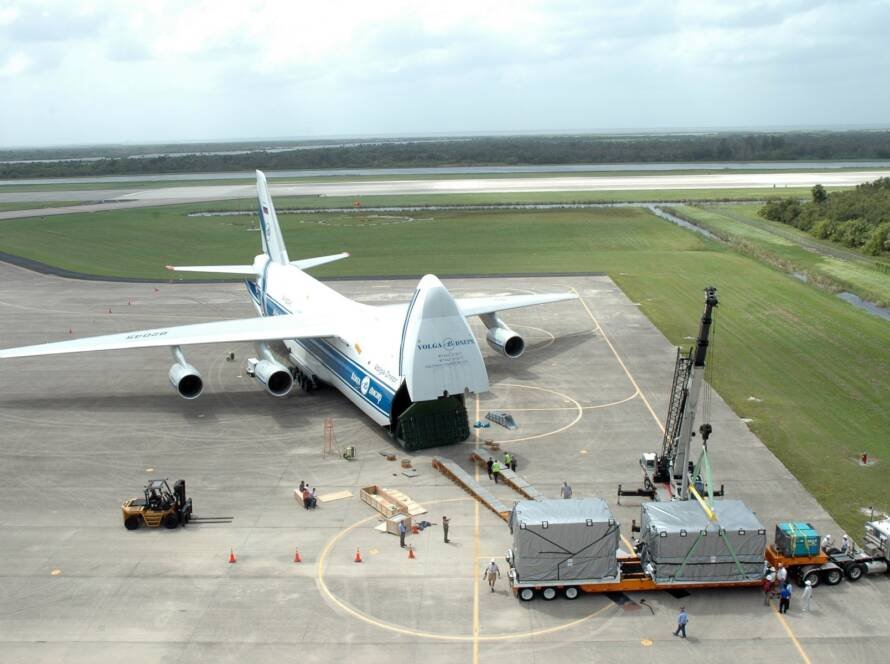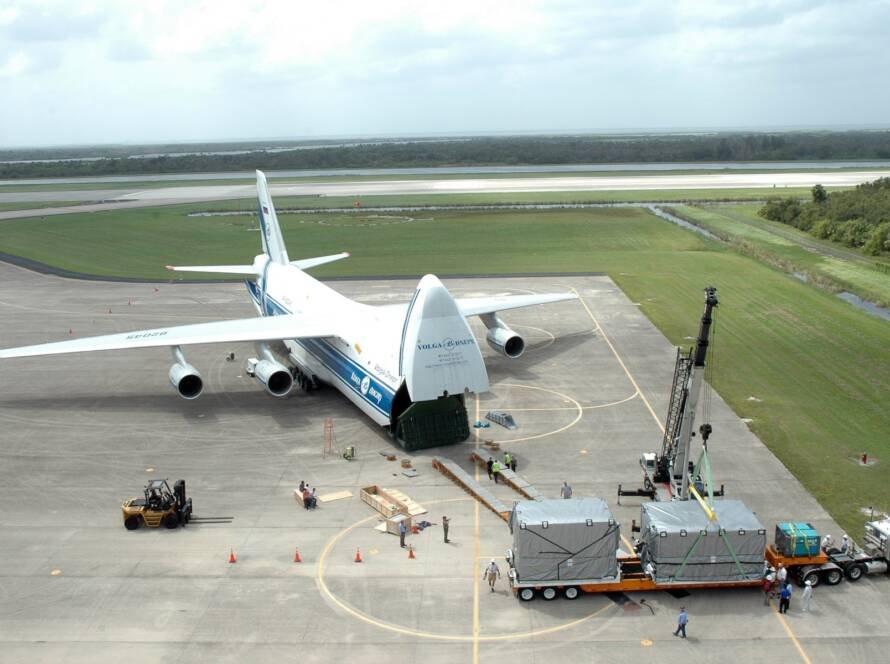-
What is the customs clearance process for general trade clothing import? What are the precautions?
Different countries and regions have different regulations and restrictions on imported clothing. The following are some common questions. If you need them, please consult the customs of your country
1. What are the general modes of transportation for general trade clothing import?
Answer: General trade clothing import generally chooses sea transportation and air transportation.
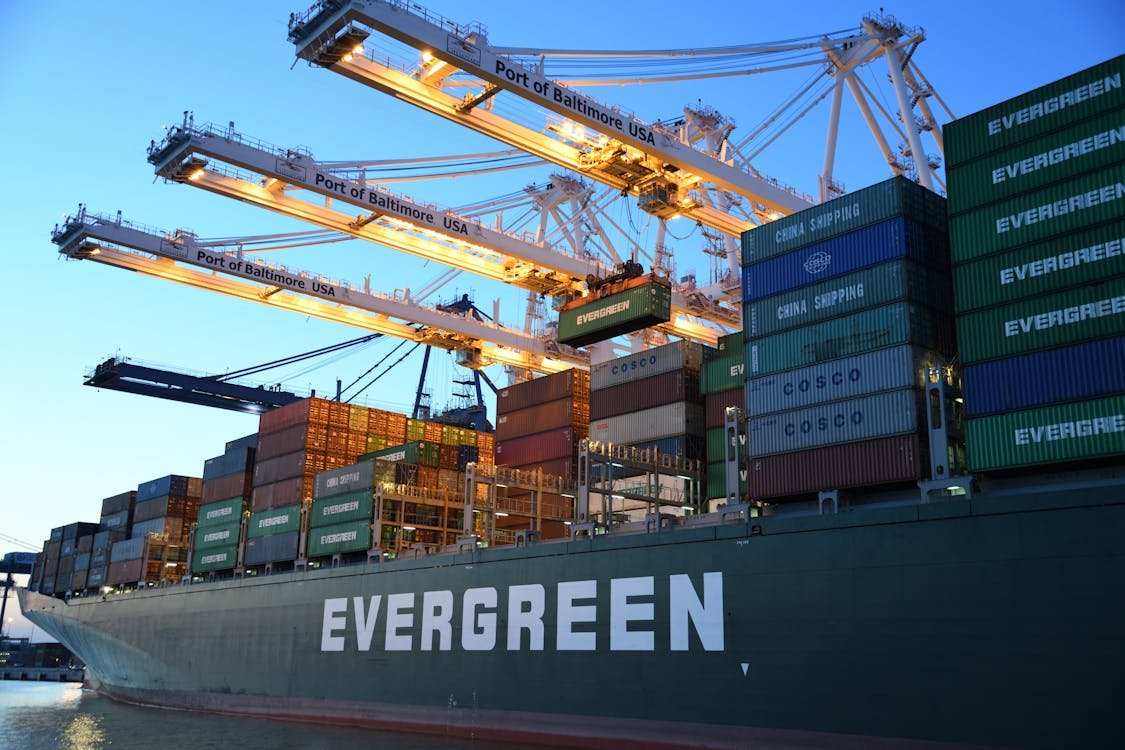
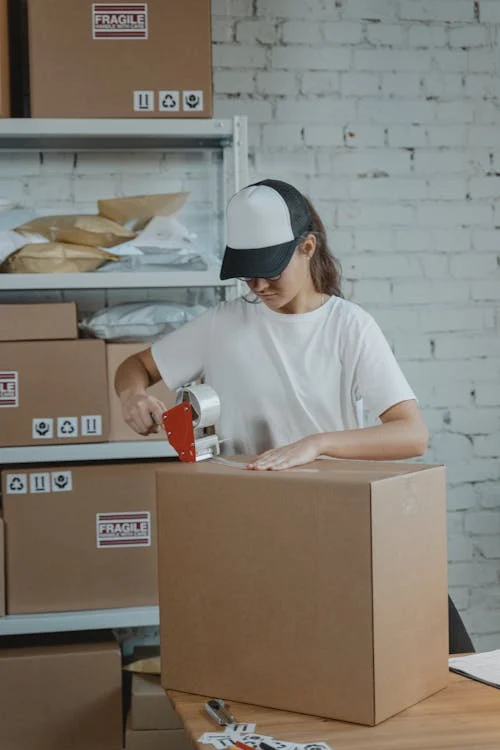
2. What documents are required for clothing import?
Answer: Contract, invoice, waybill, packing list, customs ten-digit code, declaration elements, etc.
3. What are the declaration elements?
Answer: 1. Product name; 2. Manufacturing method (woven, woven, etc.); 3. Type (dress, jacket, etc.); 4. Category (men’s, women’s, children’s, etc.); 5. Ingredient content; 6. Brand. And other declaration elements. The specific declaration elements are subject to the declared tax number.
For more logistics knowledge, please follow Power Link Logistics Ltd
4. The above information is ready, so what are the general procedures for import?
Answer: After the customs clearance documents are prepared, the transportation can be arranged. The general process is: the importer signs a clothing import contract with a foreign company and obtains the authorization of a foreign brand – the transportation of imported goods (air/sea) – the bank handles the payment procedures – the customs declaration of imported clothing – the payment of import tariffs and value-added tax – the customs releases, the customs clearance agent delivers the goods or picks up the goods by himself.
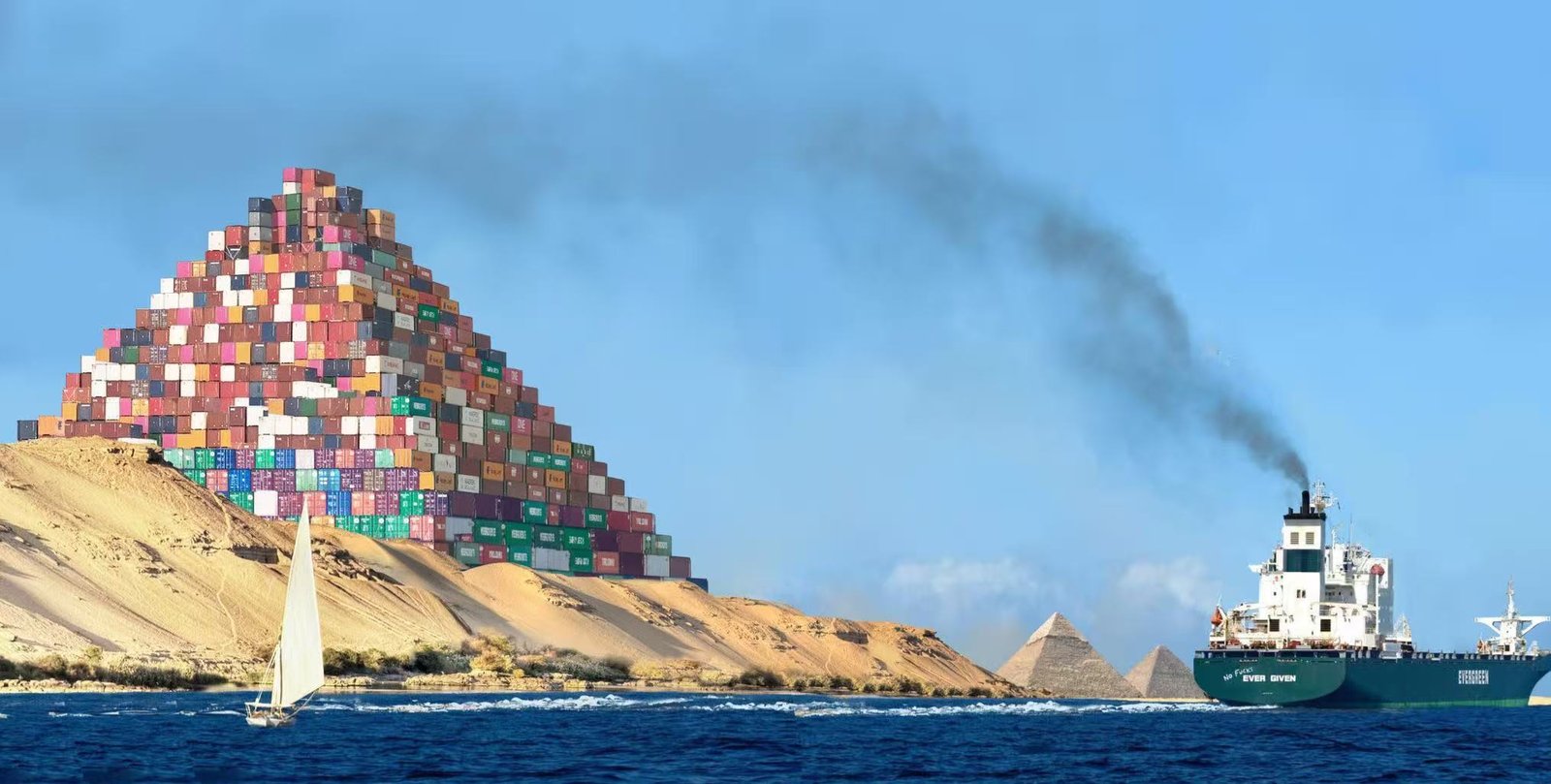
5. Is there anything worth noting?
Answer:The first is the classification of customs codes. Clothing is mainly classified from several aspects such as manufacturing methods, types, materials, categories, and ingredients. Professional customs brokers are required to review them.
The second is label production and rectification: clothing imports need to have three guarantees, certificates of conformity, and washing labels. In addition, most clothing import inspections require label rectification.
And other matters. Customs brokers will formulate one-to-one solutions for different situations, so import customs clearance still needs to be operated by experienced customs brokers to ensure timely customs clearance of goods to avoid affecting sales.

